A visit to the Bianchi factory
Iconic Italian brand does things its own way
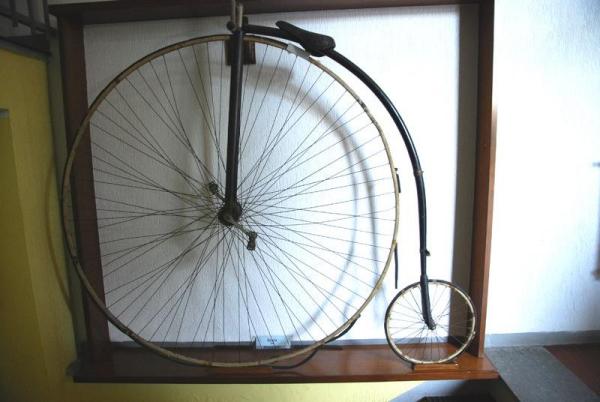
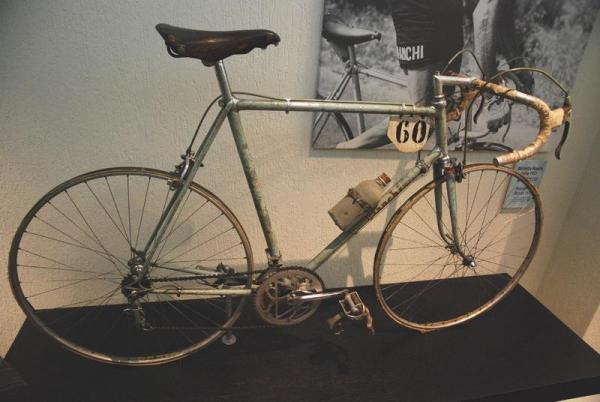
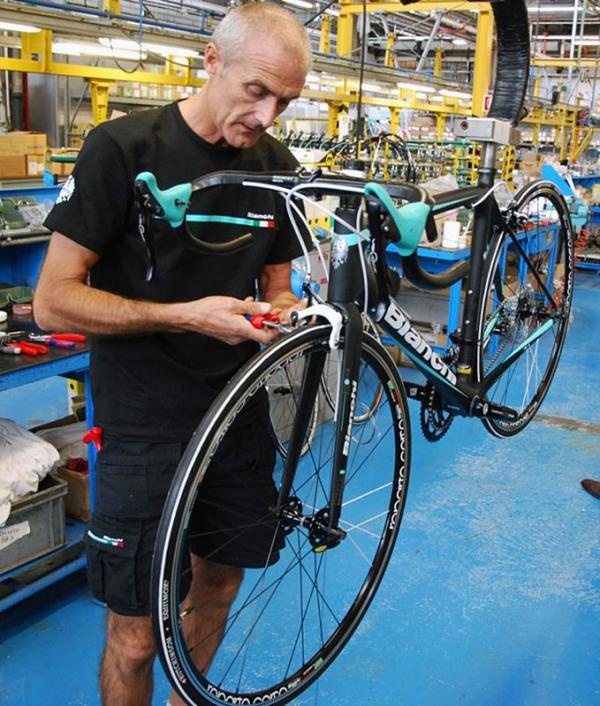
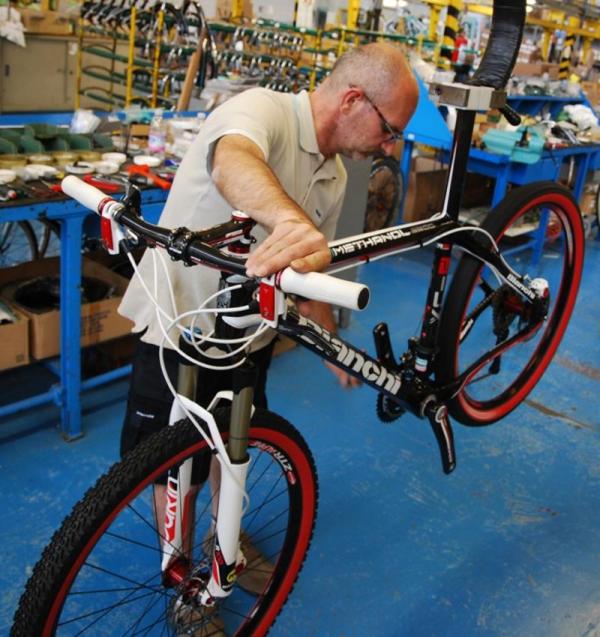
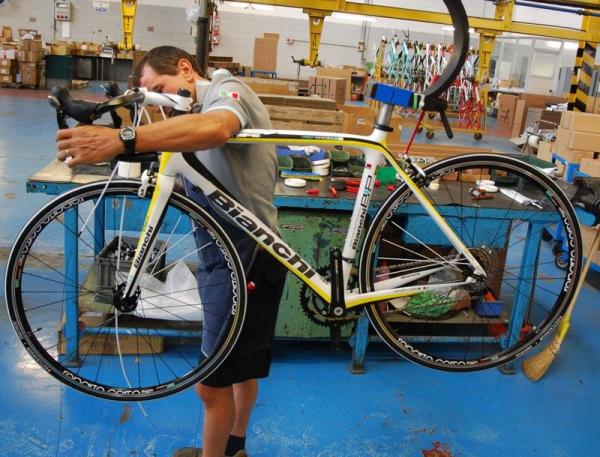
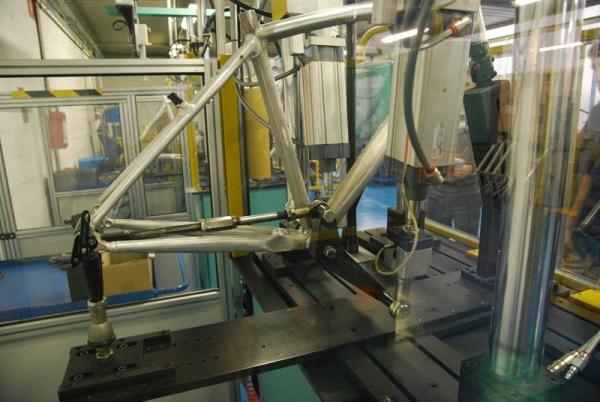
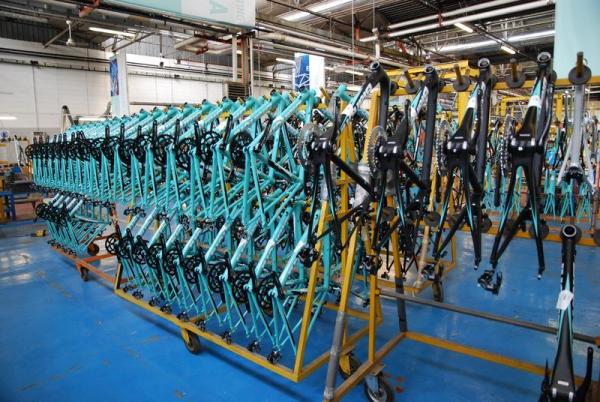
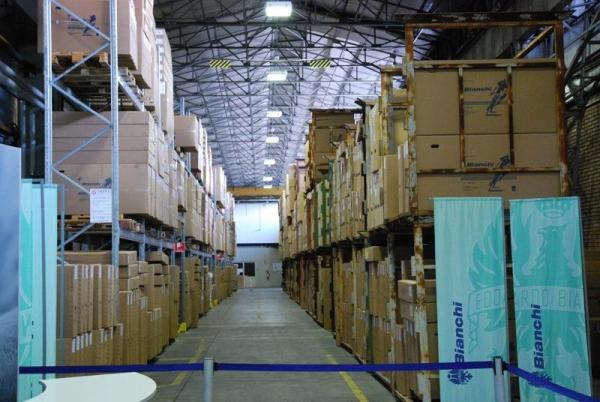
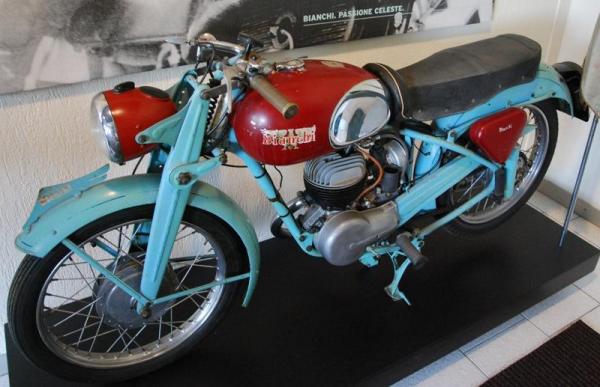
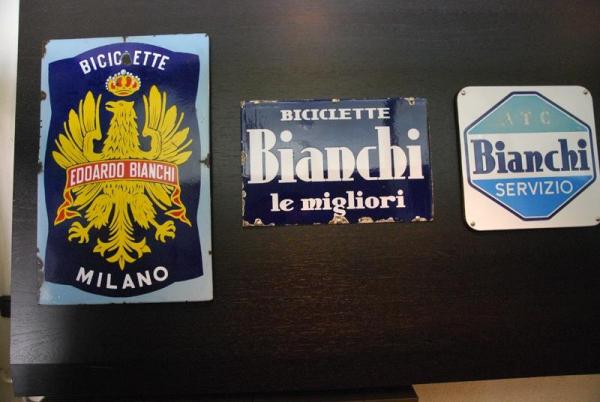
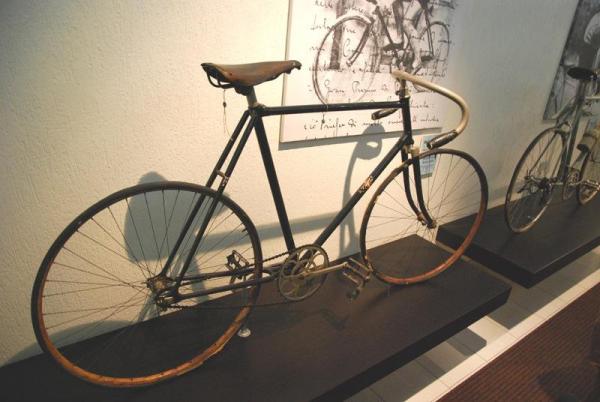
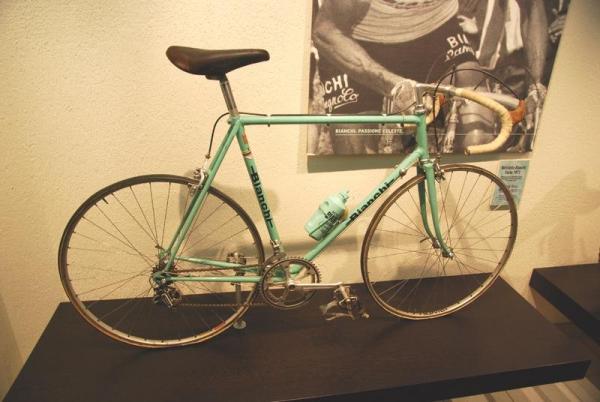
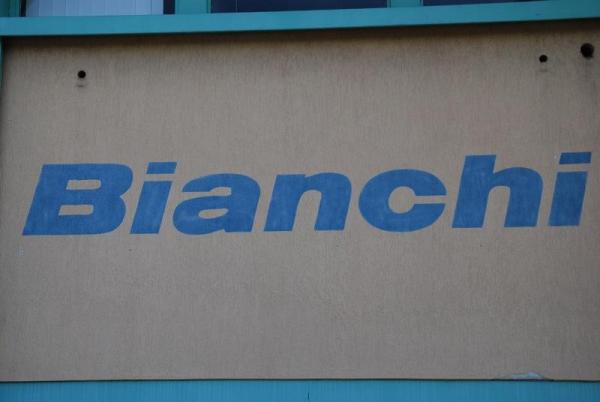
This article originally appeared on BikeRadar
Bianchi, which is located in Treviglio, Italy outside Milan, has been doing things their own way for a very long time. Edoardo Bianchi founded F.IV. Edoardo Bianchi S.p.A. in 1885 when he was just 21 years old.
He began the company as a small shop in Milan in 1885, and today they are the world's oldest bicycle-making company still in existence. At their height in the late 1930s and early '40s the company employed 4,500 in two Italian factories. At that time Bianchi weren't just a bicycle manufacturer, but also produced motorcycles, and even cars.
Times changed, and the company stopped making automobiles in 1939 with the outbreak of World War II. Bianchi's motorcycle production lasted into the late '60s; the last rolled out of the Italian factory in 1967. Today Bianchi is a smaller company, but one that's still known throughout the world for their celeste bicycles. "We produce about 16,000 bikes a year," Claudio Masnata, marketing manager of F.IV. Edoardo Bianchi S.p.A. told Cyclingnews during a tour of its Treviglio assembly factory.

While no longer produced, this motorcycle shows that Bianchi even used the celeste paint on its non-bicycles as well
Bianchi strives to maintain a small piece of their heritage, with efforts to stay true to the nature of the company's bike shop beginning. The bike assembly at Bianchi is more akin to a shop, than an assembly line, as each bike is built by one mechanic from frame to finished machine. Masnata stressed that the Bianchi way is not about a factory assembly line, but rather about devotion to each individual bicycle. "Each bike is built by one person from the beginning to the end," said Masnata. "It isn't an assembly line. This is the Bianchi way. We have five assemblers and 25 other workers helping construct the bicycles."
Many of those finished bikes will feature—even if just a small amount—of the Bianchi "celeste" paint along with the crowned eagle that is supposedly based on a former royal crest.
Get The Leadout Newsletter
The latest race content, interviews, features, reviews and expert buying guides, direct to your inbox!

Frames ready for assembly in Bianchi’s Treviglio factory
This Bianchi celeste green has many stories behind it. One tale spins it as the turquoise color of the Milan's sky, another suggest that it was the eye color of the former queen of Italy for whom Edoardo made a bicycle. The latter story is likely pure myth as there was never a queen Tiffany of Italy—and neither Queen Margherita of Savoy (for whom the actual Margherita pizza is in fact named) nor her daughter-in-law Elena of Montenegro had turquoise eyes.
The truth is less inspiring, but no less interesting. The most likely origin of the paint is that it was a mixture of surplus military paint from the First World War, it was cut with white in order to tone down its martial nature. Regardless, this color continues to evoke the tradition that is Bianchi, and in that is quite inspiring for riders of the famous bicycles.
Today, as with many bicycle manufacturers, production of Bianchi products and frames have almost entirely moved to Asia, yet as the tour of the factory proved, Bianchi still knows how to put its own finishing touch on each bicycle.
And the company seems determined to continue—if only in a small details—to do things its own way.